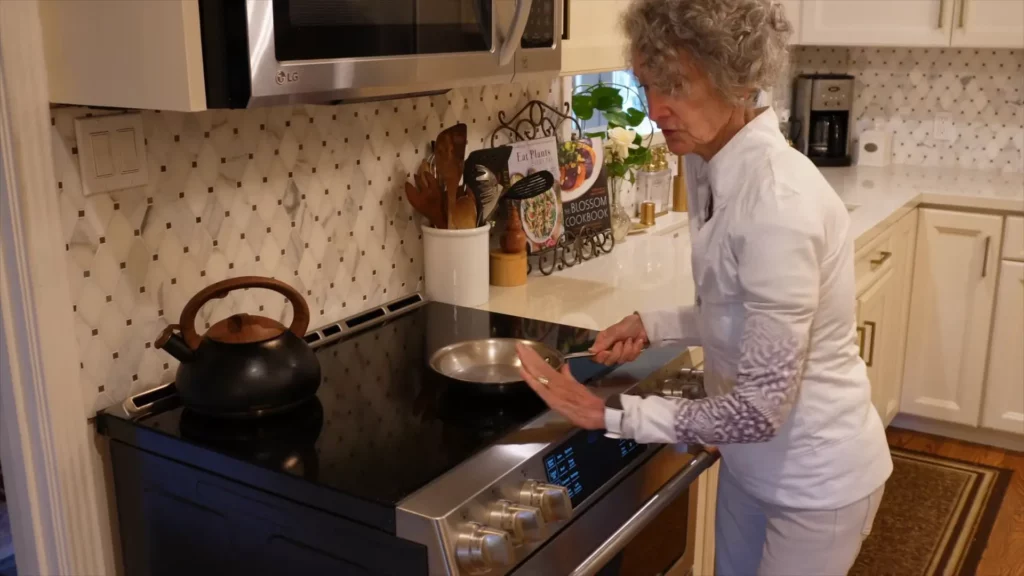Overview
The focus of this Zero Net Energy project was to incrementally replace gas-fired equipment with proven electric alternatives. The basis of action included considering the remaining life of existing installations, while taking advantage of the current rebates and tax credits before funds ran out, and new ones as they became available.
Robert and Teri Whitehair's message is that with the financial incentives from the Inflation Reduction Act, Peninsula Clean Energy, and PG&E, switching to electric is for everyone!
For example, the 8 kW solar photovoltaic system and battery backup were installed first, because the home did not have them, and there was a 30% tax credit.
The Whitehairs started with the easiest things first, such as LED lights to replace incandescent and compact fluorescent bulbs.
Next, the gas water heater which was near the end of its 12-year useful life, was replaced with a heat pump water heater, for which rebates had just become available. The gas dryer was replaced with a “solar” clothes dryer (i.e., a clothesline), and the gas stove was replaced with an electric induction cooktop and electric oven. Then the gas furnace was replaced with an air source heat pump installed for heating and cooling.
The gas fireplace was exchanged for an electric one. Additional insulation, a ceiling fan, and changes to windows further reduced energy use.
Passive Design Strategies:
- Orientation
- Interior window shading
- Skylights
- Envelope insulation
- Low E glazing
- Clerestory windows
Special Features:
- Onsite renewable energy: solar PV
- Onsite battery electricity storage
- Heat pump water heater
- Air source heat pump heating and cooling
- Induction cooktop
- Energy Star appliances
- Demand response capabilities
- Other: Ceiling fan, electric fireplace, and “solar” clothes dryer




